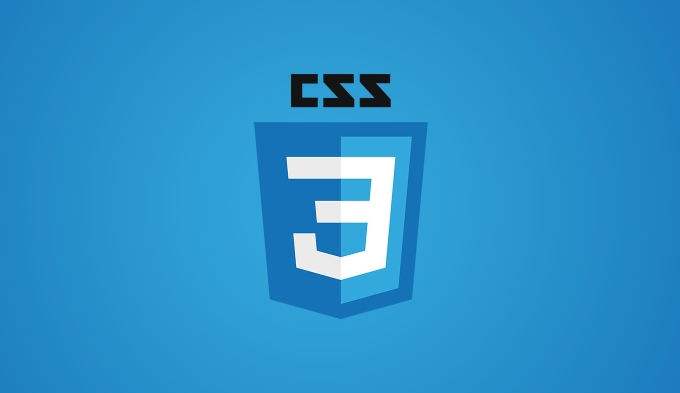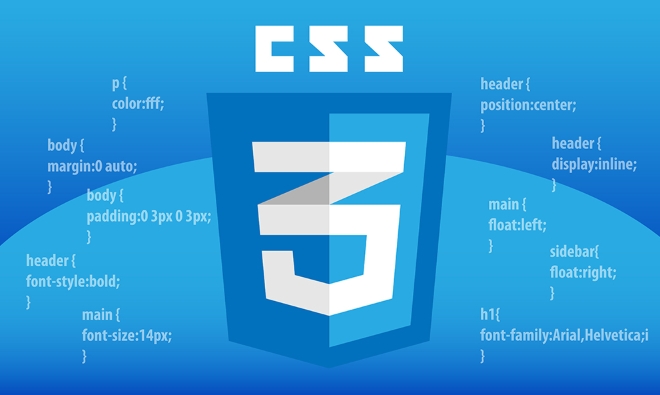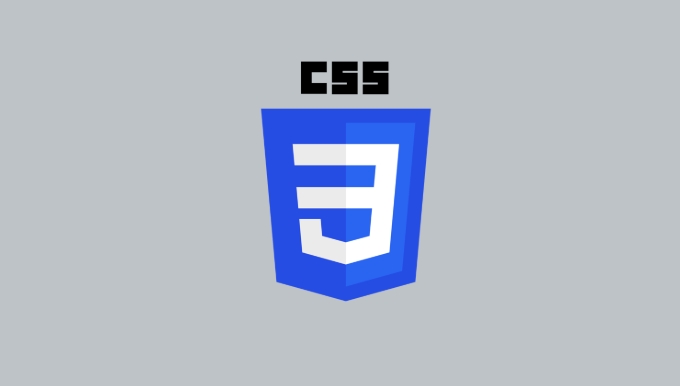To center the web page elements, you need to select the CSS method according to the scene. 1. Use text-align: center horizontally in the text or inline content; 2. Use margin: 0 auto to center the fixed wide block-level elements horizontally; 3. Use margin: 0 auto to center horizontally through display: flex, justify-content and align-items; 4. Use place-items: center to cleanly center the Grid layout. Different situations correspond to different solutions, and flexible application can accurately achieve the centering effect.

Want to center the elements in the webpage? Don’t underestimate this common requirement. The key is to use the CSS method in different scenarios. Simply put, there is no "universal" way of centering, you have to choose the method according to the type of element and layout structure you want to center.

You will most likely encounter the following situations, one by one:

1. Text or inline content is centered
This is the easiest centering operation, suitable for inline or inline-block elements such as text, buttons, and links.
.container {
text-align: center;
}Add this code to the parent container you want to center, and the content inside will automatically be centered horizontally. Note: This only affects the inline content of the child , and the block-level elements will not be centered.

For example, if you are making a footer with several <a> tags inside, just add text-align: center to the footer and you will get it done.
2. Block-level elements are centered horizontally (such as divs, pictures)
If you have a block-level element with a fixed width, such as a div with a width of 200px, and want it to be horizontally centered in the page or parent container, you can use margin to automatically calculate it:
.block {
width: 200px;
margin: 0 auto;
}This method is only valid for block-level elements with width set. And it can only be centered horizontally, not vertically. Suitable for scenes such as boxes and cover pictures in the middle of the page.
3. Flexbox achieves overall centering (recommended modern practices)
Flexbox is one of the most commonly used and flexible centering methods at present, especially suitable for achieving horizontal and vertical centering in elastic layouts.
.parent {
display: flex;
justify-content: center;
align-items: center;
}-
justify-content: centercontrols horizontal direction centered -
align-items: centercontrols vertical centering
As long as you set the parent container to flex mode and set these two properties, the child elements inside can be easily centered. Whether it is a single element or multiple elements, it can adapt well.
Applicable scenarios include:
- Login box centered
- Pop-up content centered
- Card component arrangement, etc.
4. Grid Center: A More Modern Choice
CSS Grid can also be easily centered. Although it is not as commonly used as Flexbox, it has more advantages in some complex layouts.
.parent {
display: grid;
place-items: center;
}In one sentence, you can get horizontal and vertical centered. Simple and powerful. If you have used Grid layout or the project structure is relatively complex, this method is worth trying.
In general, which method to choose depends on your specific needs:
- Plain text? Use
text-align - Fixed wide block-level elements? Use
margin: 0 auto - Want to be centered horizontally and vertically at the same time? Flexbox priority
- Already use Grid? Try
place-items
Basically all this is it, it's not difficult but it's easy to use the wrong place.
The above is the detailed content of Best CSS techniques for centering elements. For more information, please follow other related articles on the PHP Chinese website!

Hot AI Tools

Undress AI Tool
Undress images for free

Undresser.AI Undress
AI-powered app for creating realistic nude photos

AI Clothes Remover
Online AI tool for removing clothes from photos.

Clothoff.io
AI clothes remover

Video Face Swap
Swap faces in any video effortlessly with our completely free AI face swap tool!

Hot Article

Hot Tools

Notepad++7.3.1
Easy-to-use and free code editor

SublimeText3 Chinese version
Chinese version, very easy to use

Zend Studio 13.0.1
Powerful PHP integrated development environment

Dreamweaver CS6
Visual web development tools

SublimeText3 Mac version
God-level code editing software (SublimeText3)

Hot Topics
 How can I include CSS only on some pages?
Jun 11, 2025 am 12:01 AM
How can I include CSS only on some pages?
Jun 11, 2025 am 12:01 AM
There are three ways to selectively include CSS on a specific page: 1. Inline CSS, suitable for pages that are not frequently accessed or require unique styles; 2. Load external CSS files using JavaScript conditions, suitable for situations where flexibility is required; 3. Containment on the server side, suitable for scenarios using server-side languages. This approach can optimize website performance and maintainability, but requires balance of modularity and performance.
 Flexbox vs Grid: Understanding the Key Differences in CSS Layout
Jun 10, 2025 am 12:03 AM
Flexbox vs Grid: Understanding the Key Differences in CSS Layout
Jun 10, 2025 am 12:03 AM
Flexboxisidealforone-dimensionallayouts,whileGridsuitstwo-dimensional,complexlayouts.UseFlexboxforaligningitemsinasingleaxisandGridforprecisecontroloverrowsandcolumnsinintricatedesigns.
 Creating an Auto-Closing Notification With an HTML Popover
Jun 10, 2025 am 09:45 AM
Creating an Auto-Closing Notification With an HTML Popover
Jun 10, 2025 am 09:45 AM
The HTML popover attribute transforms elements into top-layer elements that can be opened and closed with a button or JavaScript. Popovers can be dismissed a number of ways, but there is no option to auto-close them. Preethi has a technique you can u
 What is 'render-blocking CSS'?
Jun 24, 2025 am 12:42 AM
What is 'render-blocking CSS'?
Jun 24, 2025 am 12:42 AM
CSS blocks page rendering because browsers view inline and external CSS as key resources by default, especially with imported stylesheets, header large amounts of inline CSS, and unoptimized media query styles. 1. Extract critical CSS and embed it into HTML; 2. Delay loading non-critical CSS through JavaScript; 3. Use media attributes to optimize loading such as print styles; 4. Compress and merge CSS to reduce requests. It is recommended to use tools to extract key CSS, combine rel="preload" asynchronous loading, and use media delayed loading reasonably to avoid excessive splitting and complex script control.
 How to use Lotties in Figma
Jun 14, 2025 am 10:17 AM
How to use Lotties in Figma
Jun 14, 2025 am 10:17 AM
In the following tutorial, I will show you how to create Lottie animations in Figma. We'll use two colorful designs to exmplify how you can animate in Figma, and then I'll show you how to go from Figma to Lottie animations. All you need is a free Fig
 Breaking Boundaries: Building a Tangram Puzzle With (S)CSS
Jun 13, 2025 am 11:33 AM
Breaking Boundaries: Building a Tangram Puzzle With (S)CSS
Jun 13, 2025 am 11:33 AM
We put it to the test and it turns out Sass can replace JavaScript, at least when it comes to low-level logic and puzzle behavior. With nothing but maps, mixins, functions, and a whole lot of math, we managed to bring our Tangram puzzle to life, no J
 External vs. Internal CSS: What's the Best Approach?
Jun 20, 2025 am 12:45 AM
External vs. Internal CSS: What's the Best Approach?
Jun 20, 2025 am 12:45 AM
ThebestapproachforCSSdependsontheproject'sspecificneeds.Forlargerprojects,externalCSSisbetterduetomaintainabilityandreusability;forsmallerprojectsorsingle-pageapplications,internalCSSmightbemoresuitable.It'scrucialtobalanceprojectsize,performanceneed
 Does my CSS must be on lower case?
Jun 19, 2025 am 12:29 AM
Does my CSS must be on lower case?
Jun 19, 2025 am 12:29 AM
No,CSSdoesnothavetobeinlowercase.However,usinglowercaseisrecommendedfor:1)Consistencyandreadability,2)Avoidingerrorsinrelatedtechnologies,3)Potentialperformancebenefits,and4)Improvedcollaborationwithinteams.






